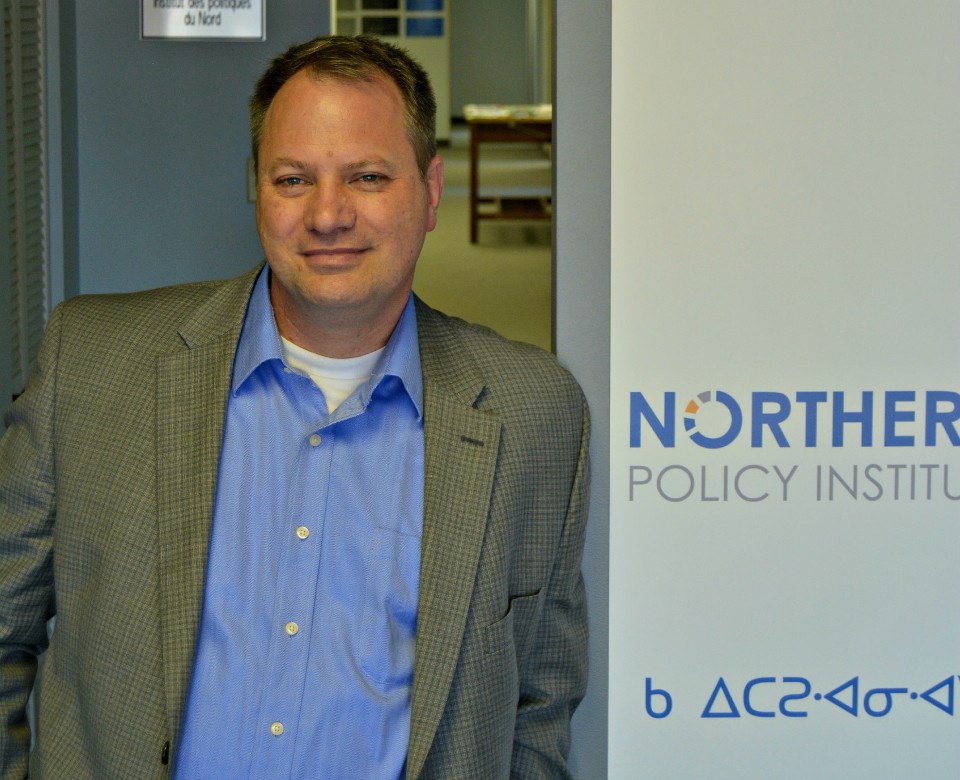Sorry, but refurbishing that bridge will not get the women in your town back into the economy. And it is women, especially women with young children, that have been hardest hit by the economic downturn driven by the COVID-19 virus. Economist Armine Yalnizyan even coined the phrase “she-cession” to highlight just how different this downturn is compared to those that have come before it.
I realize the bridge needs to be replaced, that the project is shovel-ready, and that it is currently number 117 on the province’s regional list of projects, Which means the bridge might be refurbished in eight to 10 years under normal circumstances. But in terms of stimulus to respond to THIS recession, that bridge just won’t do.
The Labour Force Survey data is remarkably clear on this point. The construction industry was among the last affected by the COVID-19 virus, never actually fully shut down as many industries did, and is now among the first to start ramping up again. Pouring billions into infrastructure projects will do little to stimulate the sectors of the economy that have been gutted by the events of the spring and early summer.
Dr. Jennifer Robson has done some calculations on the direct economic contribution of women with children in ECE or K-12. The figure is $113 billion. That figure is roughly the same as the national contribution of the oil and gas sector. The cars, houses, and lunches bought by (mostly male) workers building municipal water plants or convention centres are not going to reopen the offices closed due to fear of the virus. We have a non-traditional economic downturn; traditional stimulus is clearly not the answer.
But what is non-traditional stimulus? In this case, the answer is simple: childcare. That means both schools (at least K-8 schools) returning on a full-day basis, and 24-hour access to childcare. It does not mean returning to pre-COVID childcare levels. As with long-term care, COVID-19 has laid bare the flaws in our current system for early childhood education. It simply isn’t available at all for many and, where it is available, it is too expensive for many more.
Reminding parents and providers that the existing subsidies already available can be used in all situations, not just organized centre-based care, is an important first step. There are lots of communities, especially in Ontario’s western and northern regions, where organized daycare is not available at all, or the demand is not large enough to justify a stand-alone centre. That is why increasing those portable subsidies for parents with small children is a priority in addressing childcare shortfalls. Even if the bump is temporary stimulus, it would help cover the startup costs of new options in underserved areas.
The new rules put in place to limit the spread of the virus will only make things worse. In the new COVID reality, the average childcare centre will need to grow by four to seven rooms just to handle the same number of children it did pre-COVID. This means not only does childcare need to become much more accessible, its physical footprint will have to become larger.
The construction industry and traditional stimulus tools are not entirely abandoned in this new reality. We will need to build additional childcare space, either new buildings or retrofitting existing ones. Incentivizing landlords and childcare centres to retrofit soon-to-be (or already) empty office space and retail space for childcare is one area where we can help both the economy and the municipal tax base. Tax relief during startup or direct subsidies for retrofitting costs are easy steps for government to take.
We also need to make it easier to repurpose or multi-purpose existing capacity in schools, universities, community halls and other public spaces. The Ontario Nonprofit Network has already written the provincial government to address the number one barrier to that expanded multi-use: insurance. Insurance is a huge cost for those seeking to use schools and other public infrastructure at times when they would otherwise be vacant.
Good-Samaritan exemptions, like those we give to restaurants donating food to food banks, could be given to childcare centres and other community service groups. Alternatively, government backstops could be put in place for insurance of this type. This would allow insurance to be purchased at a cost that is not prohibitive to the organization seeking it.
Finally, we need to provide relief for those seeking to permanently repurpose excess public buildings to childcare or other public purposes (like long-term care for example). Mandating that excess buildings must be sold at market value makes sense when you are squeezing every dollar. Trying to kickstart an economy that desperately needs that space for safe childcare justifies easing those rules, at least for the short term.
Charles Cirtwill is president and CEO of Northern Policy Institute, an independent social and economic think tank based in Northern Ontario with offices in Thunder Bay and Sudbury.



